LETS TALK ABOUT THE GEAR
- Morocco has a very varied terrain for trekkers and hikers. In winter there can be snow from November till May on mountains above 1700m, so make sure you have suitable footwear.* Gear can be hired in Imlil.
- Socks should be good quality as the terrain will take its toll; they should be changed at lunch time if they are wet.
- It is vital to buy the best quality hydrating and repair lip balm you can find with a UV protector. The sun and wind can strip the skin from your lips in one day.
- If you use sunscreen then no less than factor 30 will do.
- Clothes: Layers of breathable, quick drying clothes as you may sweat a lot if the sun is intense; so long sleeves, long trousers and a neck covering are the most sensible.
- A hat is essential, no question.
- Ear Plugs are essential kit when camping, not just for noise from your fellow campers but the sound of dogs barking echoing up and down the valleys as well as roosters crowing can keep you awake.
- Get yourself a camel back with a capacity of 2 litres or better still 2 x 1 litre containers and keep them away from the freezing air; refill it up at lunch time. You will need that much. The air is very dry and coupled with altitude, you will need constant hydration to prevent headaches. *Camel back tubing can freeze if exposed too long.
- First Aid: We always carry one, however we recommend you bring a supply of good tape and blister pads, enough to change twice a day; getting sore feet and not having any treatment will ruin your enjoyment of the trek.
- Upset tummies can happen out of the blue and can be alarming in a remote place, make sure you have suitable medication in your day bag.
- Please note that normally your luggage will be carried by mule, therefore we ask that it is in a rucksack / backpack / soft kit bag and weighs no more than 15kg. Your daysack weight is up to you.
- In winter, when there is lot of snowfall above Imlil, the mules cannot pass, therefore porters are used to transport your luggage, food and supplies on their backs, the same as the Sherpas do in Nepal. This is an added cost that will be added in the event the porters are required.
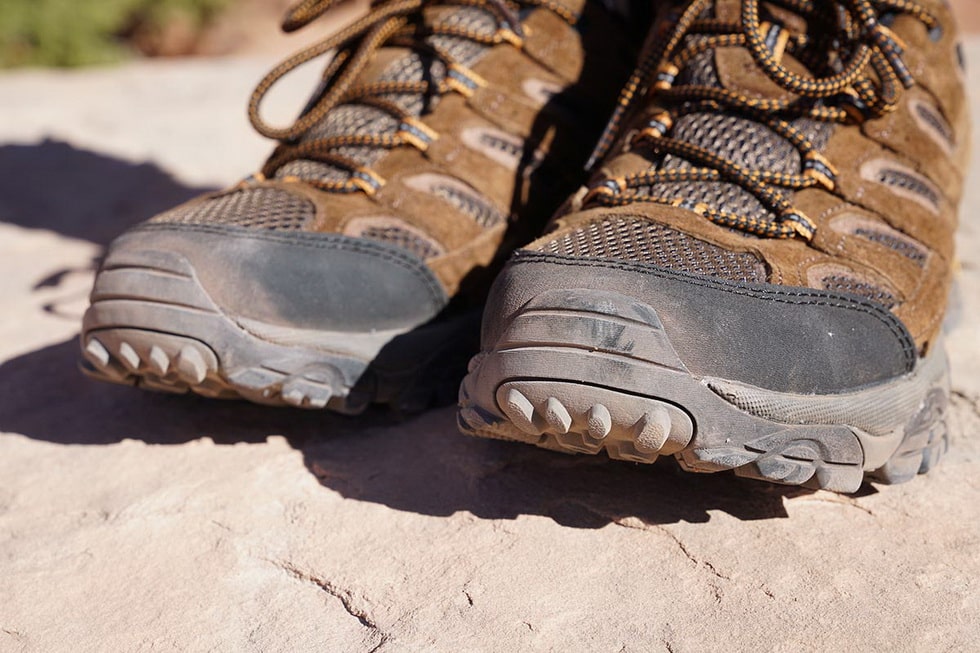
WHAT TO BRING
- Crampon compatible boots **
- Trainers (for use in the hut in the evening)
- Socks
- Underwear
- Trekking trousers
- Waterproof and breathable jacket **
- Waterproof over trouser **
- Thermal underwear
- Base layer shirts or T-shirts
- Fleece jacket
- Warm jacket (down) **
- Sunhat
- Fleece hat
- Sunglasses
- Sunscreen (including total bloc for lips) Factor 30+
- Warm Inner ‘thermal’ gloves or mittens
- Waterproof warm gloves **
- Earplugs (especially if you are not the one doing the snoring)
- Wash kit
- Kleenex
- Wet wipes
- Selection of ziplock plastic bags (to keep trek bag contents dry)
- Daypack with ice axe loop
- Head-torch and spare batteries
- Water bottles 1 Litre (x2). (Note that the tube on camelback type systems can be prone to freezing up in cold conditions)
- Sleeping bag (comfort rated -10°C)Basic First Aid Kit including: Antiseptic cream, throat lozenges, diarrhoea treatment (Imodium),
- painkillers, plasters and blister treatment, and re-hydration salts (Dioralite).
- Personal medication (clearly marked and with original labelling)
- Motion sickness tablets. The trip from Marrakech through the mountains is full of bends and zigzags.
- Changes of clothes as required.
- Change of clothes for the evening / sleeping (always remove cold / sweaty clothes at the end of the days trek).
- Device chargers, adaptors, memory cards and power packs. Some accommodations have limited sockets.
- Some dirhams as there is nowhere to change money. There are some small shops for buying snacks and you can find locally made craft items in remote villages.
- Rucksack / Backpack or soft kit bag to carry your gear on the mules *max 15 kg.
- Daysack.
We have a few sustainable community projects you may be interested in; you can also donate clothing, shoes, gear etc to the Guide for distribution to other Guides and Muleteers who often need suitable gear and please Practice Responsible Tourism when making your choices.
Thank you.
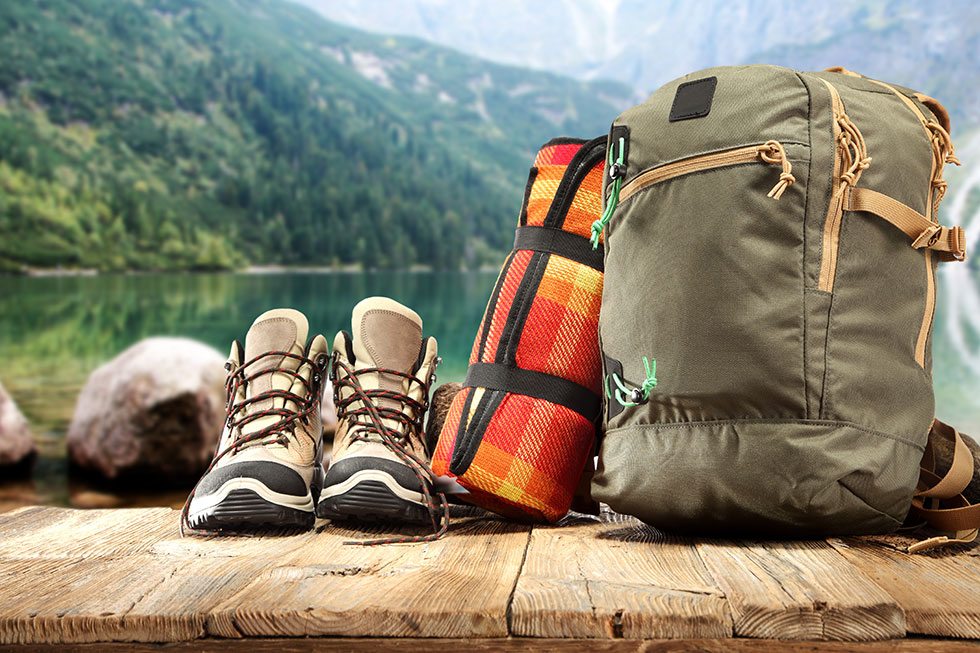
EQUIPMENT
- Walking Poles.*
- Gaiters.*
- Crampons*
- Ice Axe.*
- Winter snow boots.*
- Skis.*
- Ski Pants and Jackets.*
- Ski poles.*
- A breathable ‘Bivvy’ bag is a useful addition for keeping your sleeping bag dry in the damp atmosphere of the refuge.
**Imlil has quite a few shops that offer rental services for a range of gear at very keen daily rates. Please contact us well in advance of your trip to reserve the items you require with specific sizes etc. This will enable you to travel lighter and not have to purchase a load of expensive gear.
***Please note ***that in winter the mountains above Imlil can be impassable for mules. Porters are employed to carry gear and supplies. This is an additional cost not included in the price. Please check before travelling if this is the case for your trek as conditions on the ground can change quickly and we may not be able to give you clarification on this more than a few days before the trek starts. There is nothing more annoying than budgeting for your holiday and finding extra things to pay for on the ground when you arrive.
IMPORTANT NOTE
Here are some important facts and information you need to know about Mount Toubkal
- The weather on the mountain can change quickly and summit can have extremely strong winds.
- 4167 metres has 60% oxygen.
- ALWAYS ALWAYS tell someone where you are going, when, and when you expect to return.
- Make sure you have sufficient water as dehydration can bring on altitude sickness.
- Make sure you have suitable footwear and clothing. You can hire all you need in Imlil.
- Be honest if you feel unwell and tell someone.
- There is a risk of altitude sickness regardless of your fitness level.
- Spend no more than 30 to 40 minutes on the summit, then return at least as far as the refuge, if not further down to regain oxygen.
- There is not a single trail, there are many paths, therefore…
- It is POTENTIALLY DANGEROUS to go alone.
- It is RISKING YOUR LIFE to go WITHOUT A GUIDE.
- If the Guides won´t go up then NEITHER SHOULD YOU.
If you have decided to come and climb the mountains, you must accept responsibility for that choice. Stay Safe, DO NOT Risk your Life. Make sure you have enough money to hire a guide. The guides are experienced, they grew up in the mountains, they know the routes, the weather and they understand altitude sickness and how to deal with it. If the guides in the refuges say it is not safe to go up, and they do not go, neither should you. Even if you saved all your money just for this one trip.. it is not worth risking your life for. People have died. FACT.
Check in when you arrive at the refuge. Check in again on your way down. Make sure you leave a trial of check-ins if you are doing a circuit with the places you are staying…. Especially if you change your itinerary and friends are looking for you.


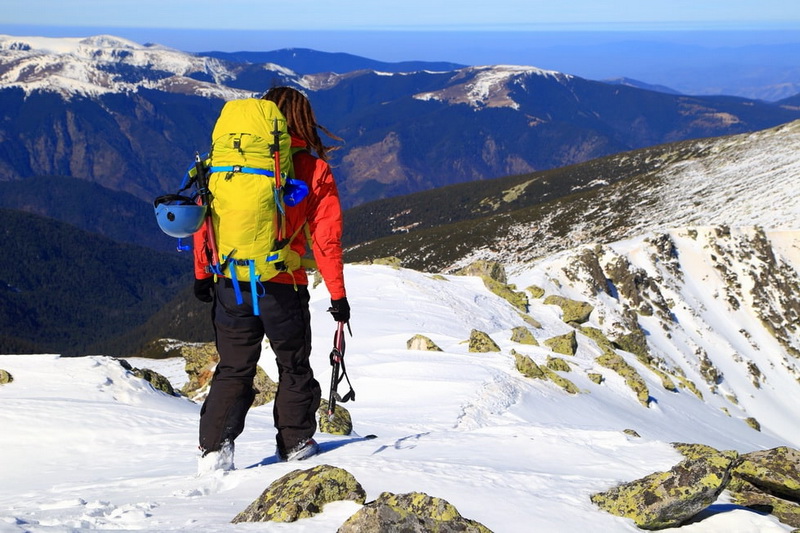
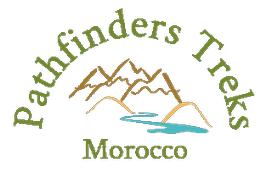
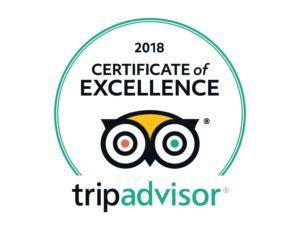

 Book Or Get More Info
Book Or Get More Info